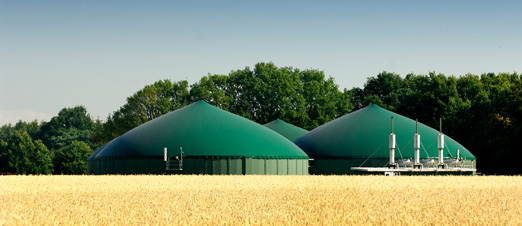
Published in Oil & Gas Journal
On Feb. 18, 2012, The Economist declared: “The home of laissez-faire is being suffocated by excessive and badly written regulations.” These words are still valid today. In fact, in 2014 there were 3,554 final rules published in the Federal Register. Some of these regulations deal with routine matters, but some are classified as major, significant, or economically significant rules-defined as rules expected to have a cost on the economy of $100 million/year or more.
Recent years have seen an increasing number of these economically significant rules, particularly in the energy business, such as the US Environmental Protection Agency’s proposed rule on emissions standards for methane in the oil and natural gas industry.
Essentially, the goal of the proposed rule is to cut methane emissions from the oil and gas industry by 40-45% from 2012 levels by 2025. To assess the costs and benefits of alternative approaches to achieving this target, EPA undertook a regulatory impact analysis. A closer look at this analysis is warranted, given that it forms the basis for a major national policy decision.
Experts at National Economic Research Associates (NERA) Economic Consulting did just that and flagged a number of issues with the analysis’ benefit estimates. Their conclusions were eye-opening: According to their analysis, the estimates not only lacked the appropriate peer review that is necessary for use in supporting regulatory policy, it also was highly uncertain and very likely overstated. Two of the issues that were highlighted by NERA should be specifically taken into consideration for all future government regulatory analysis: What forms the basis of the study, and which benefits should be counted?
The basis for EPA’s estimates was a single study whose estimates of the social cost of methane were significantly higher than other available published papers. NERA documented 12 other studies that provided a wide range of estimates. Given this variability and the fact that EPA’s baseline estimates are based on the study with the highest social cost of methane, one starts questioning whether EPA’s benefits estimates might be overstated.
Another issue flagged by NERA relates to which benefits are counted in EPA’s analysis. Similar to their previous work on the social cost of carbon, EPA only considered the global benefits of the proposed rule and did not consider or evaluate the domestic benefits. The agency’s defense for such an approach is that “accounting for global benefits can encourage reciprocal action by other nations, leading ultimately to international cooperation that increases both global and US net benefits….” However, this practice runs counter to the rules established by the US Office of Management and Budget for regulatory impact analyses, which states “…analysis should focus on benefits and costs that accrue to citizens and residents of the United States. Where you choose to evaluate a regulation that is likely to have effects beyond the borders of the US, these effects should be reported separately.”
It is important to distinguish between domestic and global benefits since policymakers need to weigh the domestic costs of the proposed rule against the appropriate benefits. This apples-to-apples comparison will not only provide the net costs or net benefits for the country, it also can help policymakers make decisions about how to mitigate the impact of the policy, such as compensating those adversely impacted.
Given that two out of the three models EPA used had the ability to provide results for domestic benefits, it should be the norm for future regulatory analysis at least to report both domestic and global benefits to give a more accurate picture of any policy choice.
NERA flagged a number of other technical issues with the report that suggest EPA’s benefits estimates may be overstated. In fact, NERA did their own modeling exercise using the same models as EPA but incorporating what they believe to be more reasonable assumptions. By incrementally adjusting each assumption, they found that in 2020 that the proposed rule could have a net cost as high as $120-155 million compared with EPA’s estimated net benefit of $44-52 million for the same year.
While it is true that forecasting the future and making estimates based on unknowns is a difficult task, there needs to be a better process and guidelines. Especially for work that will drive national policymaking. Whether it is the proposed rule on methane or another, it is important to weigh regulatory costs and benefits accurately to set a policy path that will improve national wellbeing.






